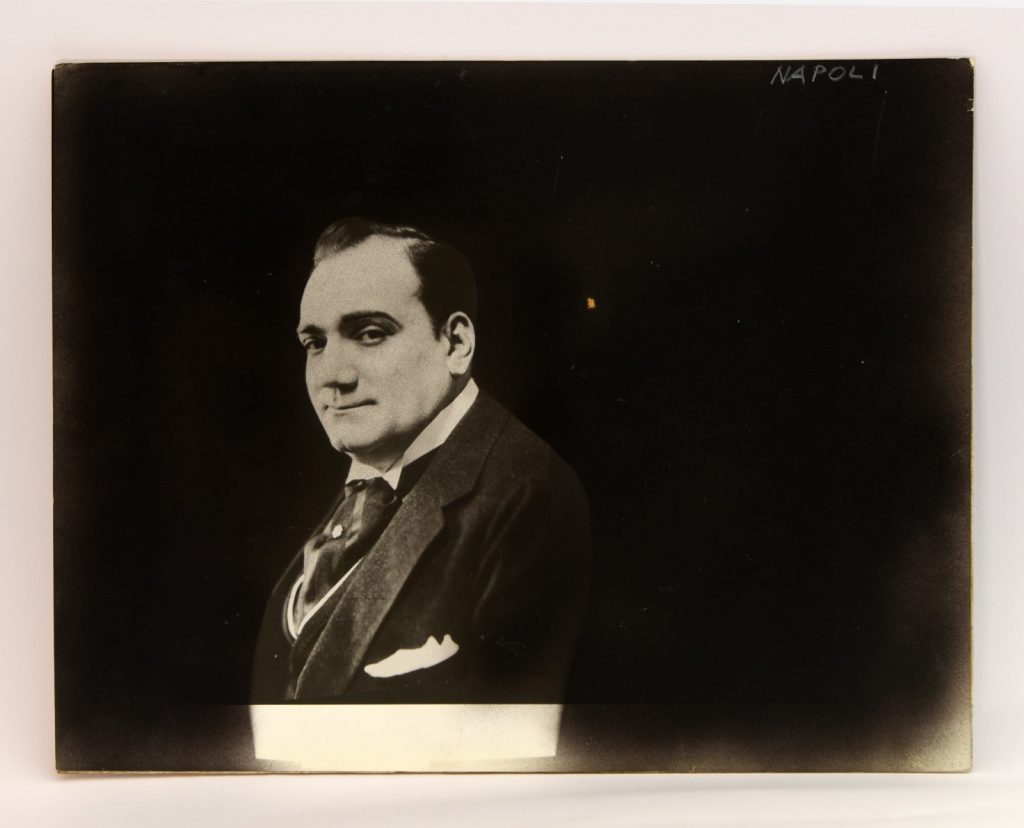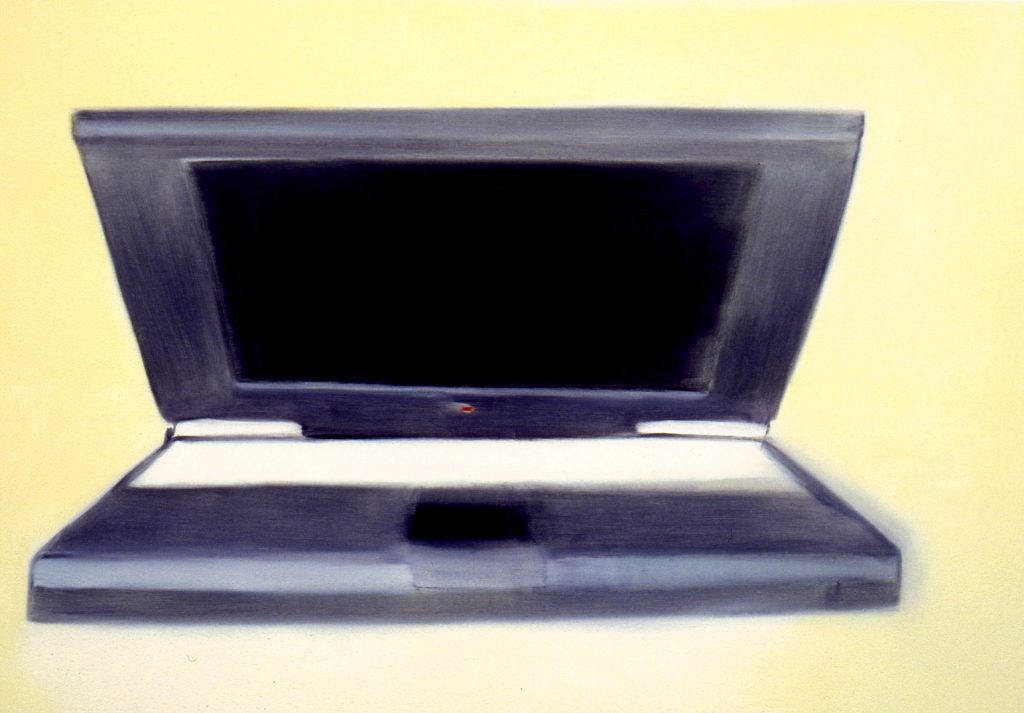Enrico Caruso Centenary: A Tenor for All Time

Even today, his voice is among the most important in the history of world music and the first voice of Italian music to cross the ocean. We are talking about Enrico Caruso, the greatest tenor of all time, whose death in Naples (his home city) in 1921 it was commemorated this year in its centenary. Born into a modest and large family, he lived in an apartment of a few square meters until the state of misery and poverty pushed him to emerge into the only path he aspired to: music. But who was that child who had a very special talent from an early age?
Caruso was born on February 25, 1873 in Naples, in the popular district of San Carlo all’Arena, known as San Giovanniello agli Ottocalli to parents Marcellino, a metalworker, and Anna, a cleaning lady. Not far from his birthplace, in the small church of Santi Giovanni e Paolo where he was baptized, little Caruso began to sing without a proper musical education. At the age of ten, having attended compulsory studies, he worked in the foundries like his father and attended evening singing and drawing courses. He loved to create caricatures of himself. Some were even published. Encouraged by his mother, he participated in some theatrical performances and sang in the church choir.
With Caruso, we discover the story of a man who went through a history that belongs to the world, who became a symbol and a conflation point for the great migration of Italians to the United States, especially southern Italians who were classified as “the undesirables”.

From the Enrico Caruso Museum of America, Brooklyn (New York)
Permanent exhibition will follow in the House Museum, Naples, 2021
Photo credit: Angelo Marra
From a poor neighborhood to the lights of the Metropolitan Opera House in New York
Inspired by the French café-chantants of the Moulin Rouge and Folies Bergère in Paris, the first Italian café-chantant was inaugurated in 1890 in Naples. Cancan dancers performed for the first time at the Salone Margherita. The premises of the Galleria Umberto I, together with the nearby Gran Caffè Gambrinus, became a reference for intellectuals of the Belle Époque, among which were journalists, artists and politicians. At the end of the nineteenth century, Naples was an international and highly cultured city. At the Teatro Nuovo, Enrico Caruso officially made his debut with L’amico Francesco, an opera by Mario Morelli, which afterward opened at the Teatro Mercadante. The tenor’s first performances took place in the theaters of Caserta, Salerno and Naples, with his first international performance abroad in Cairo.
During a performance of Puccini’s La Bohème – despite his engagement to the daughter of the impresario Giuseppe Grassi – Caruso met the soprano Ada Botti Giachetti, married with a child. Their relationship lasted 11 years and they went on to have two children, Rodolfo and Enrico Junior. After a brief interlude in Salerno, in 1897 the tenor moved to Milan where he made his debut at the Teatro Lirico as “Federico” in Francesco Cilea’s L’Arlesiana. Tours in Russia, Monte Carlo, Rome, Lisbon and London would follow. His London debut was in Covent Garden, with Giuseppe Verdi’s Rigoletto. During a performance in Gaetano Donizetti’s L’elisir d’amore, it seemed Caruso did not sing well due to strong emotions and insecurity. For critics, in particular the baron and music critic Saverio Procida, Caruso turned out to be a baritone and not a tenor. So disappointed by the reaction of his fellow citizens, Caruso decided not to sing in Italy, particularly in Naples, anymore. He concentrated his work in the United States and South America. Aïda, Faust, Carmen, Madame Butterfly and Il Trovatore are only some of his performances given at the Metropolitan Opera in New York, starting from 1903 with his debut in Rigoletto. To mark this period of his career, he commissioned Tiffany & Co. to produce a 24-karat gold medal engraved with his profile, to be given only to his closest friends.

Photo credit: Angelo Marra
The First recordings and the First album in the world
With Enrico Caruso begins the history of music, literally. In 1877, Thomas Alva Edison invented the phonograph to record and reproduce sound, followed by Emile Berliner in 1887 with the gramophone. After the disappointment at the San Carlo Theater, in 1902 Caruso recorded ten records in Milan exclusively for the English record company Gramophone & Typewriter Company, the first in Europe to produce flat records. That decisive meeting with record company producer Fred Gaisberg came after a performance at the Teatro alla Scala in Milan. Unlike his colleagues, Caruso was interested in technological aspect. In fact, he was the first to use the new technology and thus was the first to sell millions of records. The first album to exceed one million copies sold is Vesti la giubba by Ruggero Leoncavallo. Caruso recorded three versions of this aria for the American label Victor. The single was awarded a 1975 Grammy Hall of Fame Award. Caruso’s first records were made of shellac, because vinyl did not yet exist, but thanks to current technological restorative work, we can hear the tenor’s voice without the imperfections of time.
The success of Enrico Caruso
To reach the public, what is transmitted between voice, technique, and body is important. Before having a beautiful voice, a singer would have a personality and technique. Enrico Caruso expressed what he sang, even if the language was not understood. The symbol of his global success is represented by Villa Caruso, a sixteenth-century villa that he bought in 1906 in the Florentine countryside of Lastra a Signa, in Tuscany. One of his passions was collecting works of art. Caruso designed the villa with every detail in mind, because it had to resemble his fame. He also designed the coat of arms of the villa: a bald man is represented, because “caruso” in Neapolitan means a person with a shaved head. He was an ironic, generous, and strong man, but also insecure.
The last period of the Neapolitan tenor
After the end of World War I in 1918, Caruso married Dorothy Park Benjamin, the daughter of a wealthy New York lawyer with whom he had a daughter, Gloria. In addition, he made two films The Splendid Romance and My Cousin. The latter was the first film set in Little Italy, a neighborhood in Manhattan where thousands of Italians had found homes since the end of the nineteenth century. In 1920, after a long tour in North America, his health became increasingly fragile: problems with his vocal cords were getting worse and despite having undergone various operations due to infected pleurisy, he was still struggling to breathe. He returned to Italy in 1921 with his family not to Naples, but to the Grand Hotel Excelsior Vittoria in Sorrento. For about six months, he was way from the smog of big cities and near the sea where he began to recover between a trip to the Amalfi Coast and Capri. His fever returned and during an urgent trip to Rome, they stopped in Naples at the Grand Hotel Vesuvio. Caruso died on 2 August 1921 at the age of 48, a few steps away from the Bagni Risorgimento, where Caruso’s talent began. An indescribable career with over 800 performances at the Metropolitan Opera House, alone. The day after his death, the critic Procida wrote an apology to the tenor, having understood that his criticism sealed Caruso’s removal from the San Carlo Theater.

Architect: Valeria Ferrara; Exhibition design: Pio della Volpe in the collaboration with Pasquale Lillo and Stefano della Volpe
Photo credit: Angelo Marra
Odi et Amo. Caruso and Naples
Enrico Caruso had a contrasting relationship with his city, a relationship of odi et amo (“love and hate”). At that time, Naples loved the old school of singing. In Caruso’s voice, there was a realism with a particular phrasing, which the general public did not immediately understand. The Neapolitan song, as per tradition, is mostly performed in the open air outside of restaurants. Caruso had not studied at the conservatory. In 1918, he performed, in San Giorgio a Cremano, only one song, “Mamma mia che vò sapè.” In 1909, it became his first recording in Neapolitan, along with twenty other songs recorded over 11 years. Thanks to his interpretations, Neapolitan songs began to have an extraordinary dignity: a strong popular and cultured root. On his last vacation, the Bolognese singer Lucio Dalla (who had always been in love with Naples) composed his global hit “Caruso” (1986), dedicated to the tenor and to the whole of Neapolitan music.

Courtesy of the Grand Hotel Excelsior Vittoria, Sorrento
The memory of Enrico Caruso today
In addition to a star on the Hollywood Walk of Fame, a crater on the planet Mercury and the asteroid 37573 was dedicated to Caruso. A century after his death, many events were held in his honor. Right in the house where he took his first steps in life, under the direction of Gaetano Bonelli (also director of the Museum of Naples – Bonelli Collection), the Enrico Caruso House Museum was inaugurated on 2 August 2021. The intuition of entrepreneur Raffeale Reale led him to purchase the house while it was still inhabited by two ladies. The House Museum includes personal possessions of Caruso, including records, posters, busts, letters, caricatures and ancient gramophones, the result of important donations by Guido D’Onofrio and Luciano Pituello, among the greatest scholars and collectors of the great tenor, and some sourced from the Enrico Caruso Museum of America in Brooklyn, founded and curated by Aldo Mancusi.









Responses